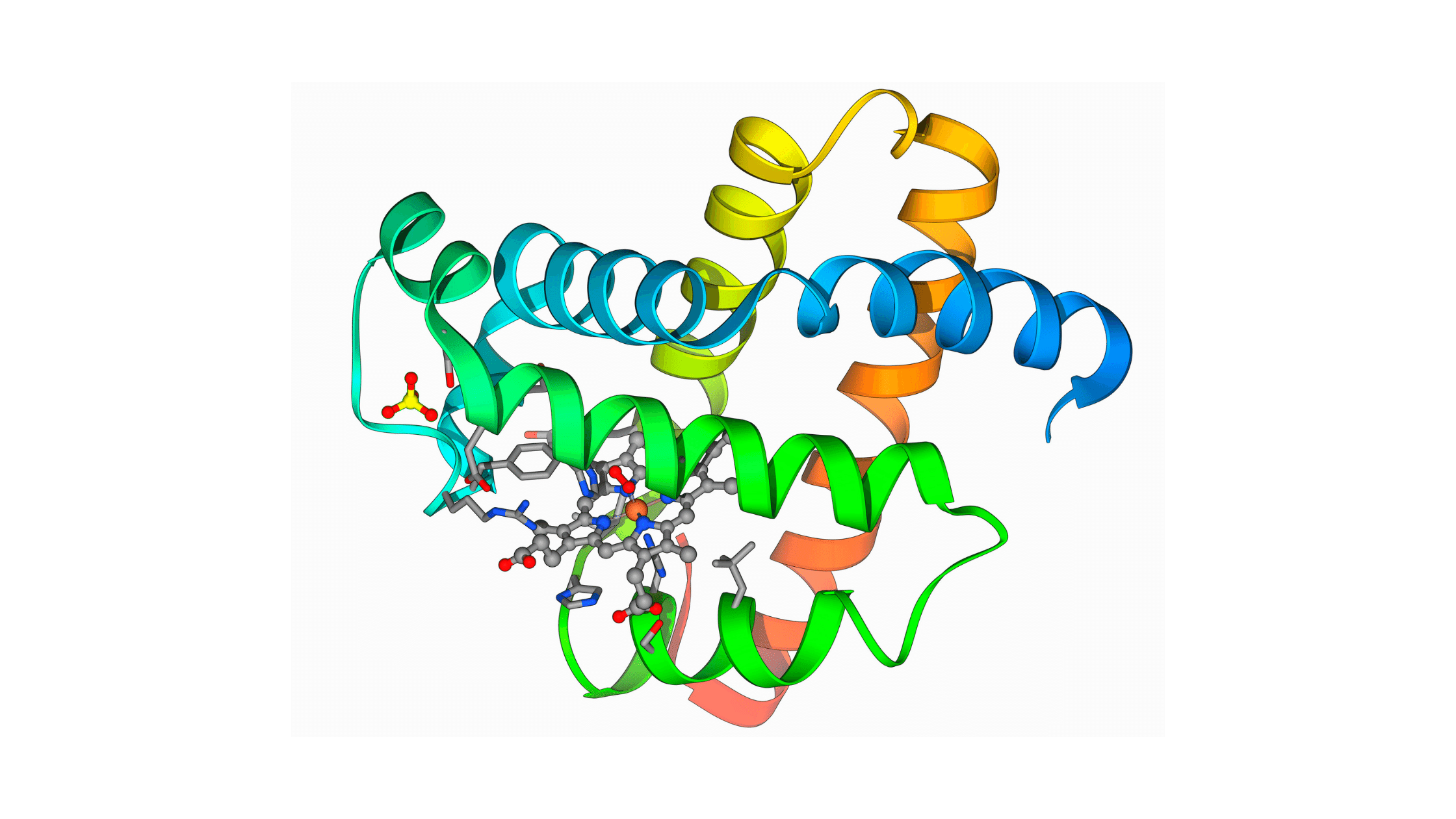Long Distance Running - The Long Run Guide for Marathoners & Half Marathoners
The long distance running portion of marathon training is called the “ long run”.
It is the key element of marathon training.
It is essential if you want to avoid hitting “the wall” (to be technical, when glycogen in the leg muscles is depleted and your pace becomes slower than a crawl) during your marathon race.
why should you run Long Runs?
If you want to be capable of running a marathon or a half marathon you must focus on building endurance.
A marathon tests your endurance and if you have built up not only your body but also your mind to go the distance you will be successful in the marathon training.
So that is the goal: to train your body to be able to adapt to running long runs that ultimately will allow you to run 13. 1 miles, 26.2 miles or whatever your mileage goal is!
Long Runs are the Key Component to Building Your Endurance Because they Train you to:

- Build endurance both physically and mentally
- Set a rhythm and gain stamina, always slow and steady
- Teach the body to “go the distance” without hitting “the wall”.
Long distance running workouts are actually good predictors of how your marathon training is going and if you are ready to cope with the challenges of running the marathon.
What is a Long run in Running?
What constitutes a “long run”? How many minutes is considered a long run? Is 1 hour a long run?
This can be answered in various ways.
To a track athlete
(versus a distance runner)
Long distance running could be anything that is 3 miles or over.

However for a marathoner or half marathoner
The answer is usually anything over an hour.
The reason for this is because at the 1 hour threshmark your body has burned through enough carbohydrates to give you the need to begin refueling.
This is why it's a good rule of thumb to bring along an energy drink, gel or chew if you are running for over an hour. (Otherwise, water should be sufficient for your needs, although every runner and their needs are different.)

For most runners therefore, running for an hour can mean running anywhere from 5 to 10 miles depending on your pace.
In a marathon and half marathon training plan, the main portion of your training is the long run.
Usually these scheduled long runs begin roughly around 6 to 10 miles depending on your running fitness level when you begin training.
How Long Should Your Longest Run Be?
For the Marathon:
Marathon gurus and professionals will all tell you different numbers when it comes to the question of how long your longest run before a marathon should be.
20 miles is usually the standard especially for a beginner or first time marathon runner.
However, many marathoners like to do 22-23 miles as their longest run which gives you a good base going into the marathon.
Many of the training plans on this site and the custom training plans are designed to bring you to the starting line of a marathon with at least two 20-20+ milers under your belt.
There is no need to run 26 miles before your actual marathon.
It is excessive and has been proven many times that by running 20- 23 miles as your longest run will give you excellent results and will more than adequately prepare you and equip you for coping with the challenges that the marathon distance dishes out.
For more information on determining the best long distance for you see this guide!

For the Half Marathon:
When training for a half marathon, it is best to build up to doing a long distance running workout of at least 10-11 miles.
If you are training for a time goal it is good to train at 12-13 miles at least once or twice so your body can adjust to the distance and the speed that you want it to work at.
The half marathon is more forgiving than the marathon so it is perfectly acceptable to go the full distance of the race during training if you are willing and feel the mental and physical need to do so.

Benefits + Goals of long distance running
1. You target your aerobic energy system.
A lot of runners during their long runs are running too fast to take advantage of all the benefits that could and should be derived from a long run.
Marathoners feel like they need to push the pace on their long runs yet they don't realize that in doing so the negate the benefits of running their long training runs.
The goal of the long run is to increase your aerobic and endurance capabilities.
Therefore you must focusing on targeting your aerobic system for the majority of your long run. This means, run slower!
Most long distance runners though are constantly targeting either their anaerobic or both their aerobic and anaerobic systems.
If we are training for a marathon or a half marathon though we must focus on targeting the aerobic system alone for the majority of the time during that long run because that is where we are deriving the majority of our energy that is needed to allow us to go the distance of either a marathon or half marathon!
The more we target aerobic pathways the better we are able to utilize aerobic energy and increase our endurance in order to run long distances at our desired paces.
So slow down! We will talk more about what your pace should when you are training for a marathon or half marathon the following section!

2. Increase in capillary density.
Your capillaries are blood vessels that shuttle oxygen to the muscles.
Essentially the more you have, the faster you can deliver oxygen and thereby produce energy to run longer.

3. An increase in Type I (slow twitch oxidative) muscle fibers.
These fibers are aerobic in nature and allow you to run long endurance distances. If you are training aerobically you will gain more of these muscle fibers that are essential to long distance running success.
If however you are always training fast and performing mainly speedwork and not slow running you will be building more Type II (anaerobic) muscle fibers that will compromise your ability to run long distances.
You simply won't be building the right types of muscle fibers!

4. Increase in myoglobin.
Myoglobin will release more oxygen when you are running at faster speeds and you require more than what is being delivered to the muscle through the capillaries.

5. Your body learns how to store more carbohydrates to use for energy.
In long distance running runners are using those carbs to power their runs.
Carbs are extremely necessary to sustain energy levels in your body so that you can not only feel better while running but also help you go the distance in terms of marathon running.

6. Your body learns how to more effectively use fat for energy.
Fats are our largest source of potential energy.
Once we have exhausted our carbohydrate stores our bodies turn to our fat stores for energy to power through our long distance runs.

7. You increase the mitochondria in your cells.
The mitochondria are the powerhouses or energy production centers of your cells.
The more mitochondria you have, the more dense they will be and therefore the more energy you can produce when you run which will allow you to run longer and faster.

8. Increases your heart health and cardiovascular system.
All of these benefits are vital to your success as a long distance runner.
Therefore you want to be able to run long distances and become faster at running them, you must learn how to balance easy training runs with speed workouts during your training week.

Pacing During the Long Run
The pace you set for yourself during a long run is going to be dependent on your ultimate marathon goal.
- Do you want to finish the marathon and not worry about time. (A good idea for a first time marathoner or a recreational marathoner.)
- Are you training for a time goal or want to qualify for another race such as the Boston marathon?
Your Slow and Easy Long Run Pace as a First Time Marathoner or Recreational Runner:
The key to pacing yourself when long distance running is to go slow and steady.
Although long runs are “long” they are not meant to be done fast by a beginner runner.
Save the speed for tempo runs and interval training or shorter runs during the week.
Your long runs should be completed at a slow steady pace.

Typically a good long run pace for a beginner or first time marathoner is:
- 45 seconds - 3 minutes per mile slower than what you plan your marathon race pace to be at OR
- 1-1/2 minutes per mile slower than your current 10K race pace
So if your marathon pace is going to be 8 ½ minutes per mile run your long runs at 9 ½ minutes per mile to 11 minutes per mile.

Why should you run slow for your long runs?
The number one reason is so that you are training in the right energy system: your aerobic energy system.
If you are running too fast you will start to train partially in your anaerobic system. For marathon and half marathon runners, your endurance capabilities will come from your aerobic energy system and so this system needs to be targeted and trained even if you never even train once in the anaerobic system.
Your marathon race is the time that you can combine your long slow training runs, with your faster speed and strength workouts in order to hit your goal race time.
Also, running slow will decrease your risk of incurring an injury. Running long distances puts a lot of stress and strain on your body particularly your joints, muscles and tendons.
So take it slow!
See this page for a more in-depth look into what your ideal long run pace should be and why!

Pacing during your Long Runs as an Intermediate Marathoner or a Marathoner with a Time Goal:
When you are training for a time goal you will still want to incorporate some slow paced long runs.
However, you will also want to be targeting your marathon goal race pace during your long runs as this will be the best "practice" that you will get leading up to your marathon race day.
My two favorite long run styles for achieving this are:
- Progressive Long Runs: These runs are designed to get your body used to running at your marathon goal race pace when you are already tired or beginning to become tired. To run a progressive long run training workout, run the last 6-8 miles of your long run at your marathon goal race pace.
- Marathon Goal Pace Runs: The idea behind this long run training workout is that you will practice running longer at your marathon goal race pace, learn how fast you should start, how to keep your pace steady especially on hilly terrain, and learn how to recognize pace adjustments that might need to be made.
This page goes more in-depth into each of these styles of long runs, how to pace yourself during them and when to include them in your training plan.
How to Build Mileage and how often should You run Long Runs?
To build up your endurance and long run first make sure you are comfortable to run the first long run that is scheduled.
Most of the time it is good to be able to run 6- 8 miles before attempting a marathon however if the training plan incorporates a longer base training phase you might be able to get by with being able to run about 4 miles comfortably.
Once you can do this you should complete one long run every other week, increasing your long run by 2 miles each time or by 10% of your weekly mileage.
If you are training for a half marathon, increase your long runs by 1 mile each week.
If you need to take more time you can lower that to 0.5 miles. In our Half Marathon Walking Program and the 32 Week Marathon Training Schedule we let the body get used to a base mileage of and then increase the long run every other week.
Obviously, you can tweak your long runs to fit your schedule and more importantly your body.
Some marathoners will increase there long runs by only one mile as they build up endurance.
Those who have been training for awhile and have completed a marathon before find that they can run a couple of long runs without taking every other week off but save that for after you have done several long runs.
How to keep yourself motivated on your long runs:
It's easy to hit a mental block when you are doing any long distance running. Here are some ideas and tips that will hopefully help:
- Bring along gummy bears to treat yourself with at the end of every mile.
- Take a couple minutes walking break every 5 miles. Include a few stretches.
- Create a new playlist for each long run.
- Have a pre-determined reward for yourself when you have finished (ice-cream, out for dinner, go see a movie, let yourself sleep in or take an extra long nap, etc.)
- Go sit at a cafe halfway through, hit up McDonalds and get a drink and snack.
- Make after your long run your cheat day and eat whatever you want!
What your nutrition should look like before, during, and after a long run
There is so much to be said on nutrition before, during, or after a long distance running workout so I broke it down into 3 separate sections.
See recommendations, timelines, and foods list for each period of time in relation to your long run by seeing the following pages!
How to Recover After Your Run
Your recovery after long distance running is SO important in determining whether you you will be able to continue and keep up with the rest of your marathon training plan.
Don't neglect to include some form of active recovery into your routine.
Make it a conscious decision to include some extra rest and relaxation into your day after a long run.
Read this page for how to recover properly after a long run + get your free actionable long distance running recovery plan!

Remember...
The danger of long distance running every week is that you increase your risk of injury.
The worst thing you can do to yourself is to have to drop out of your marathon training and the race due to an injury so play it safe, listen to your body and increase long run mileage slowly.
Push yourself but know your limit.
No one likes to be left behind at the starting line because they ran too many long runs in too short a time.
My favorite part of training for a marathon is the long run.
This wasn’t always the case and I still have my moments when I absolutely dread doing a long run but most of the time I am excited and eager to do my long runs.

Each long run brings you closer to your goal of finishing a marathon and that in itself is so rewarding.
You might not always be pumped to go out on your long run but as you put more miles under your belt I can assure you that you will come to love going out for a long slow run when the timing is right.
Related Pages:
👋Sign up to receive the free printable strength exercises for runners: 👇
 |
As featured on:




















New! Comments
Have your say about what you just read! Leave me a comment in the box below.